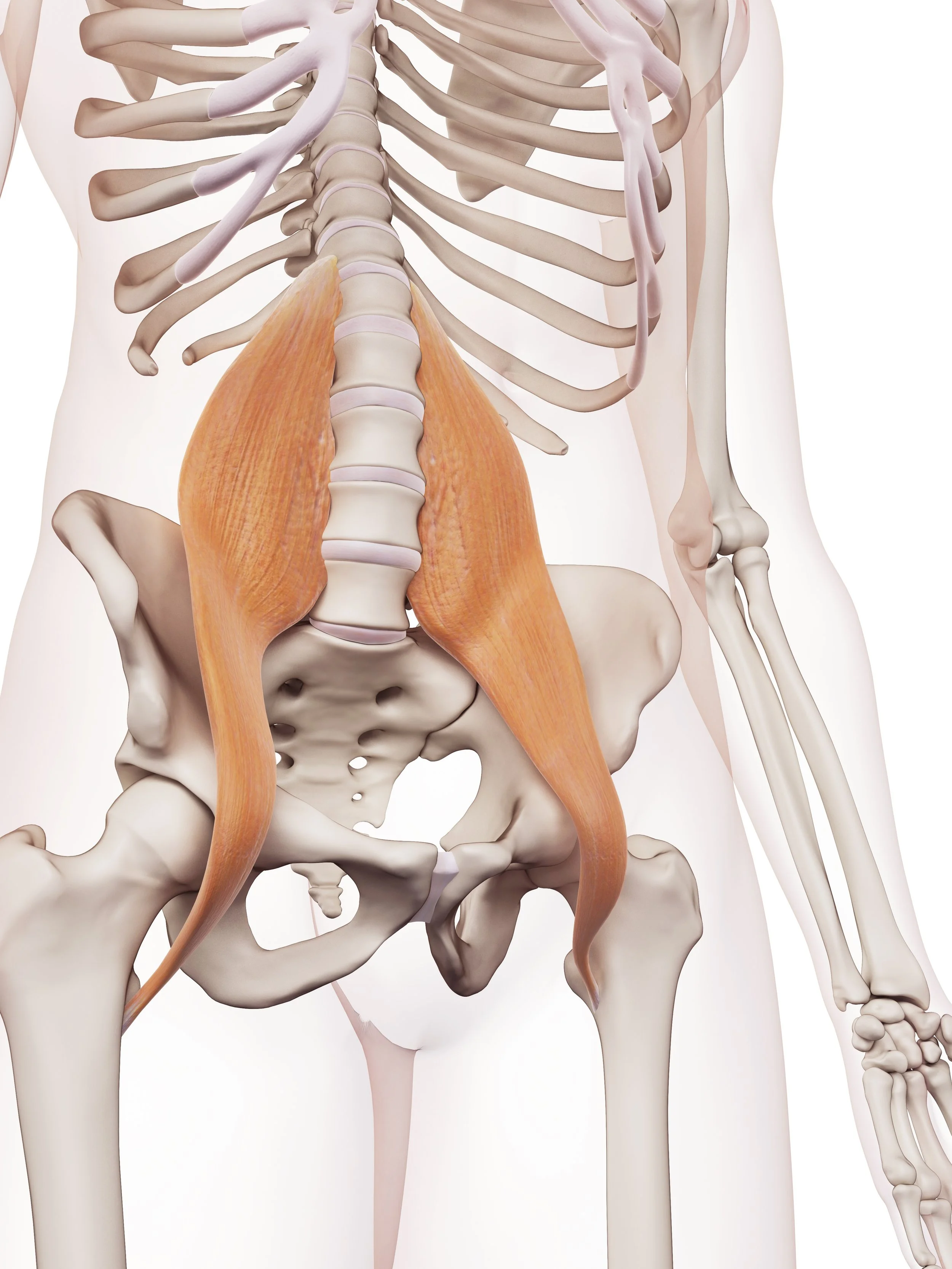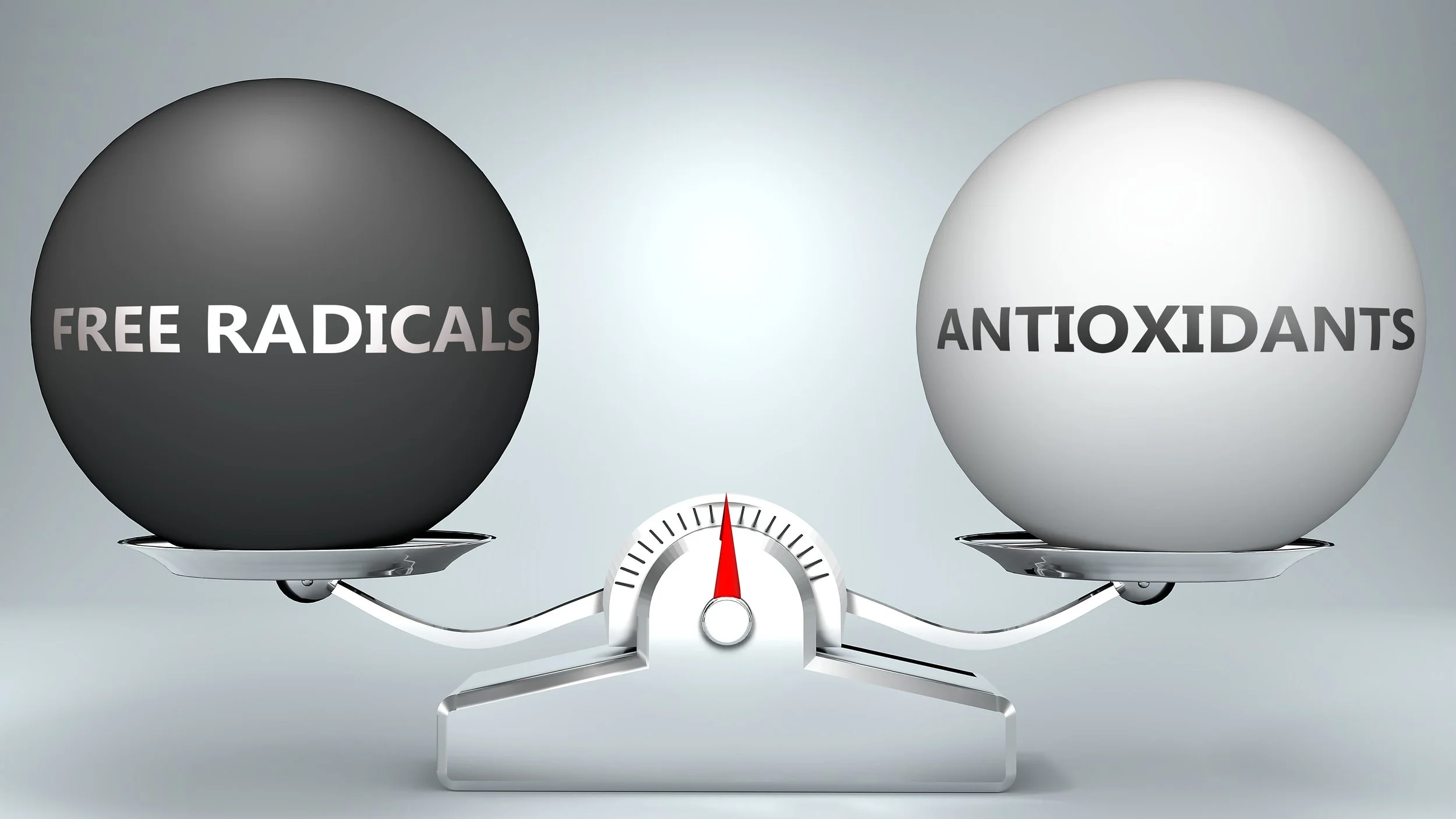https://www.nejm.org/doi/full/10.1056/NEJMoa1614292
I was reminded of this research article from a few years ago after a patient encounter earlier this week. There is (thankfully) a strong push to move patients with various sources of chronic pain away from using opioid management. However the flip side of the equation is that the alternatives often prescribed can be problematic.
One medication that is increasingly used for chronic pain resulting from a compressed spinal nerve (chronic disc problem or stenosis) is Gabapentin or Lyrica. While slightly different, they both fall in a class of medications called anticonvulsants (originally used as first generation anti-seizure meds), working as gaba analogs, later used for chronic idiopathic or diabetic neuropathic pain. In the past three years I have seen more and more patients showing up with both in their medication list for pain resulting from chronic nerve root compression causing sciatic type symptoms.
As was the case with the patient encounter I had this week, patients are often questioning the gaba analog meds because the sides effects are really quite intense for a lot of them. The other consideration is whether or not the medication is truly effective in their particular situation, since gaba analog medications were initially released for nerve pain caused by non- neuromusculoskeletal conditions.
The research paper in question sought to get some answers and the results from that trial at least were not suggesting that gaba analogs were effective compared to placebo, but that the side effect in the medication groups were high. I have shared that paper with many patients, often confirming their gut feeling and as a starting point to revisit the medication usage with the prescribing doctor. It is also a good conversation for me to have with our patients that reverting some forms of chronic pain will require patience, good detective work to assess the true origin of the pain, and the willingness to do what is necessary to recover because the “magic pill” is not as magic as touted.





